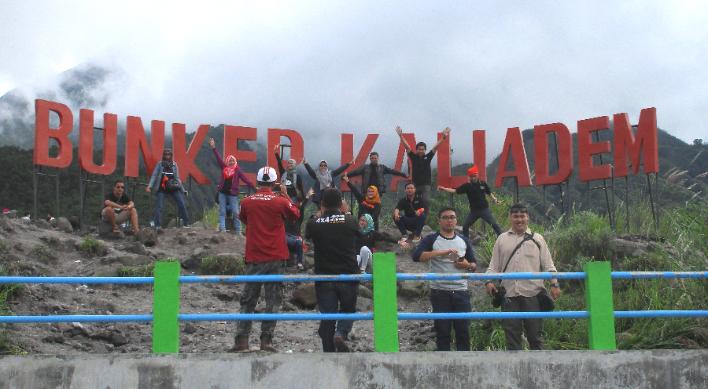
Where We Be
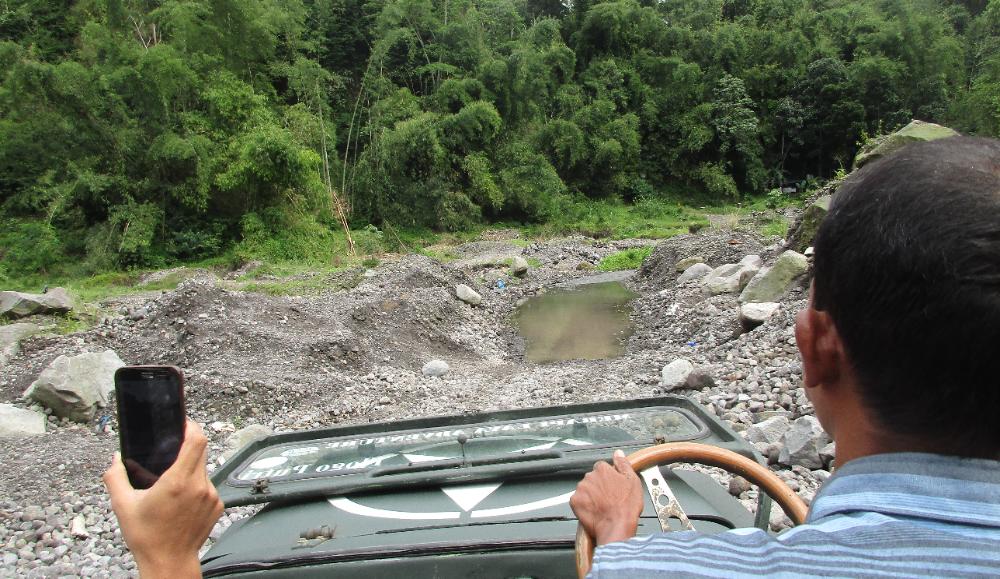
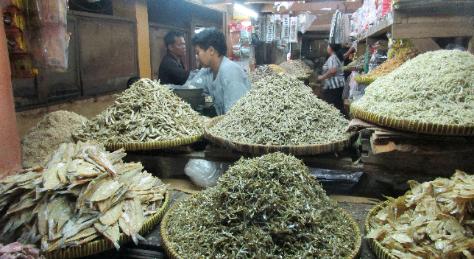
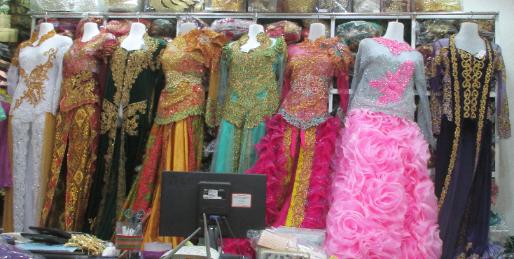
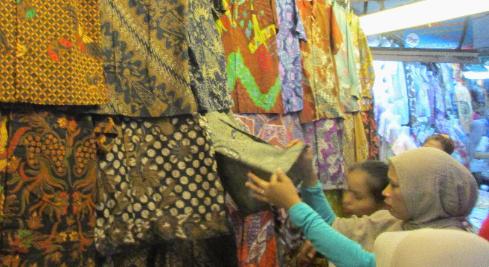
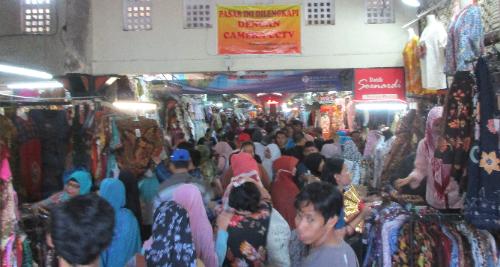
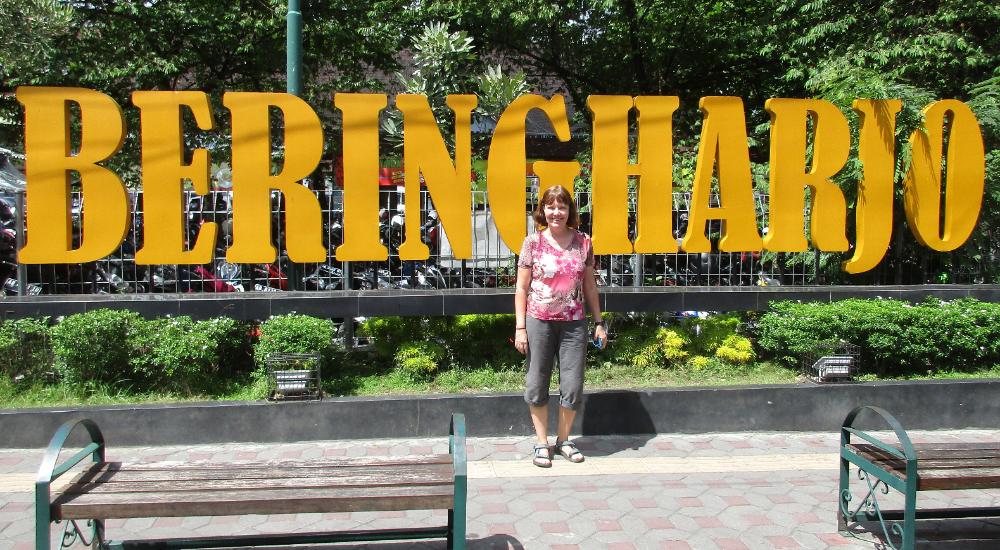
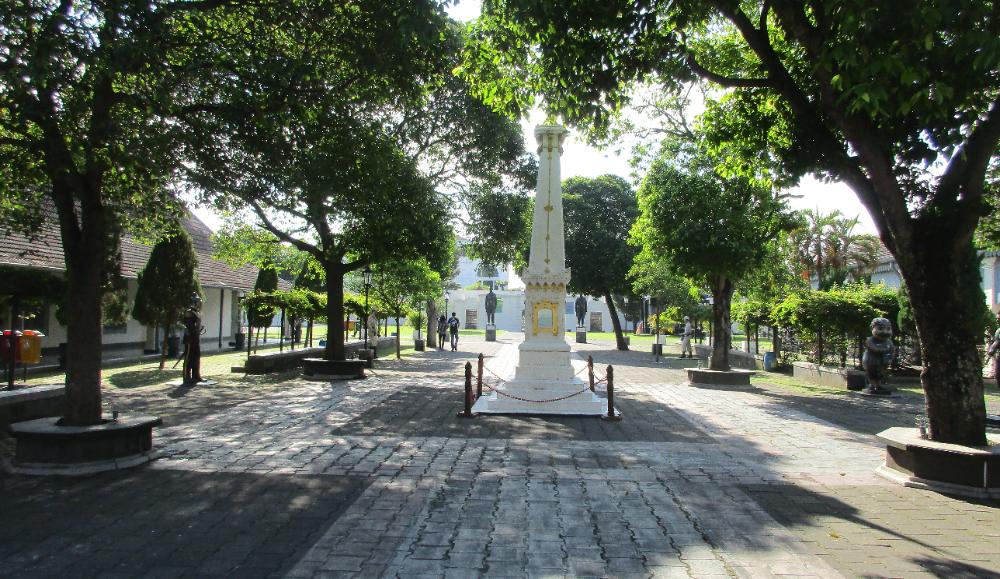
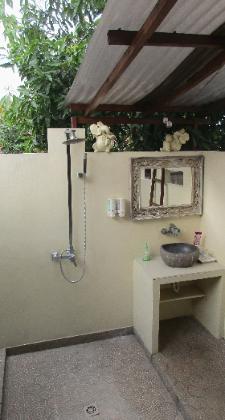
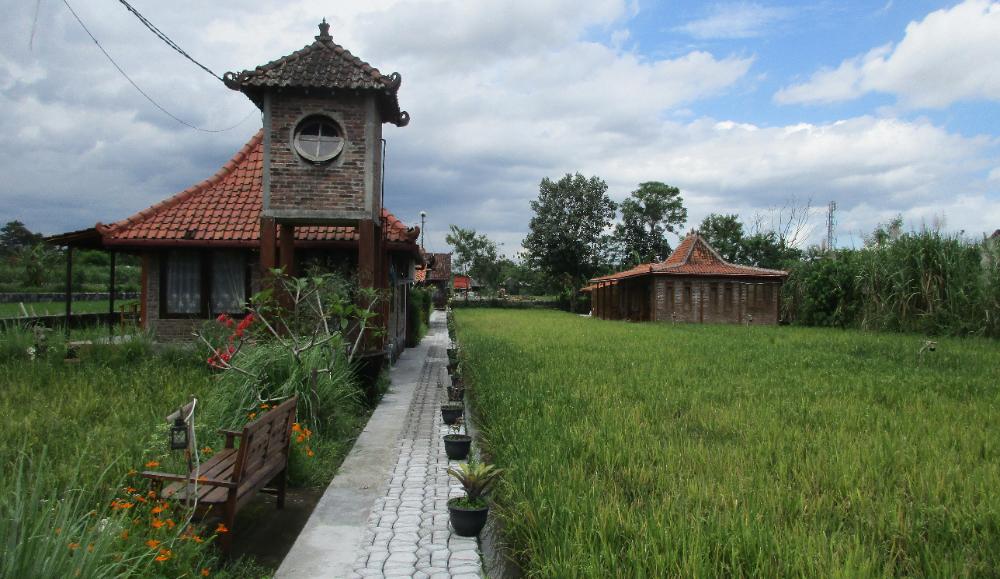
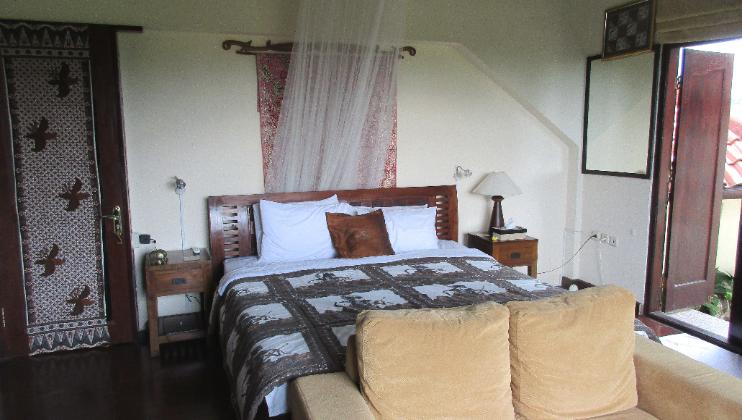
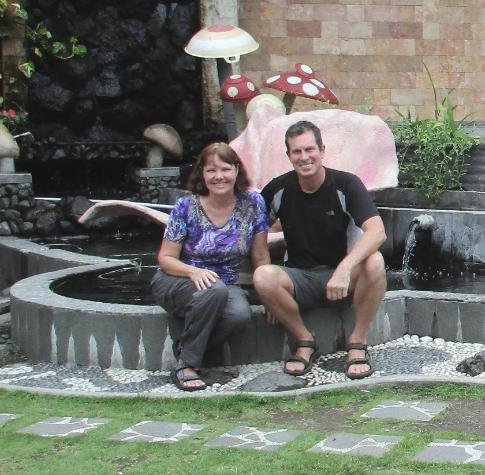
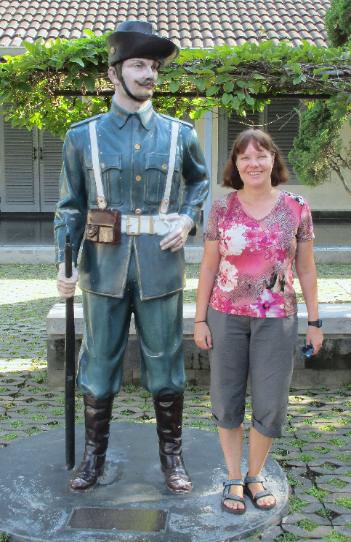
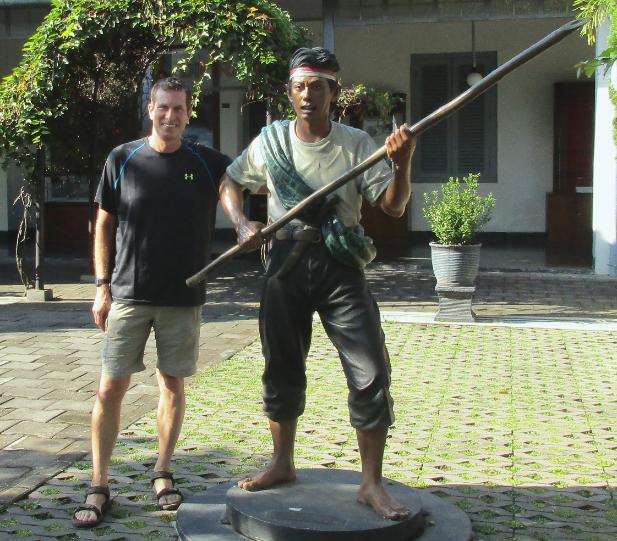
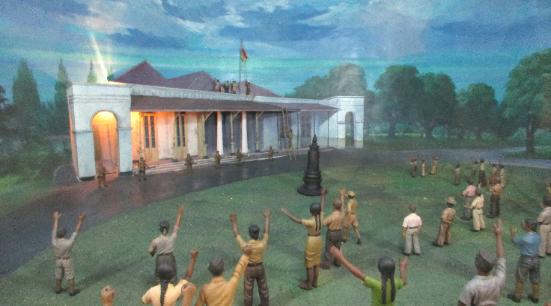
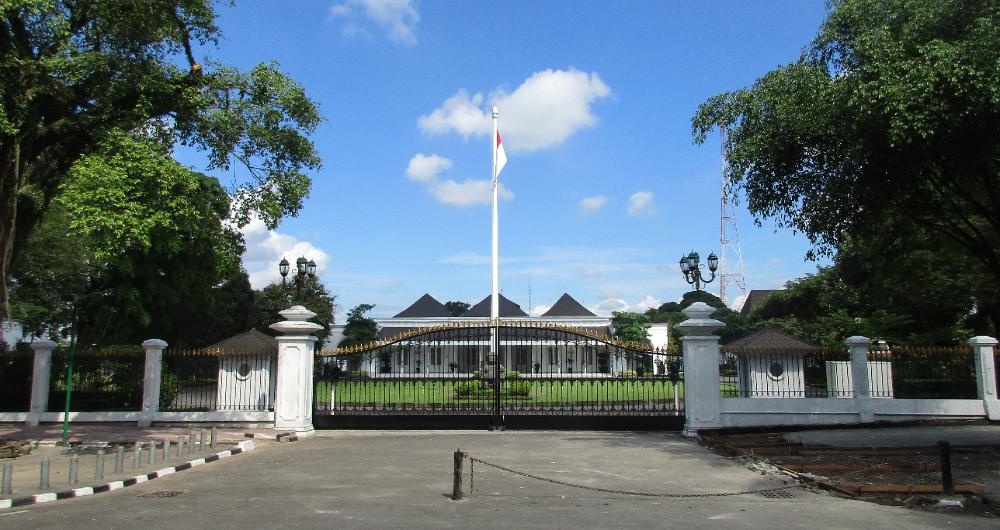

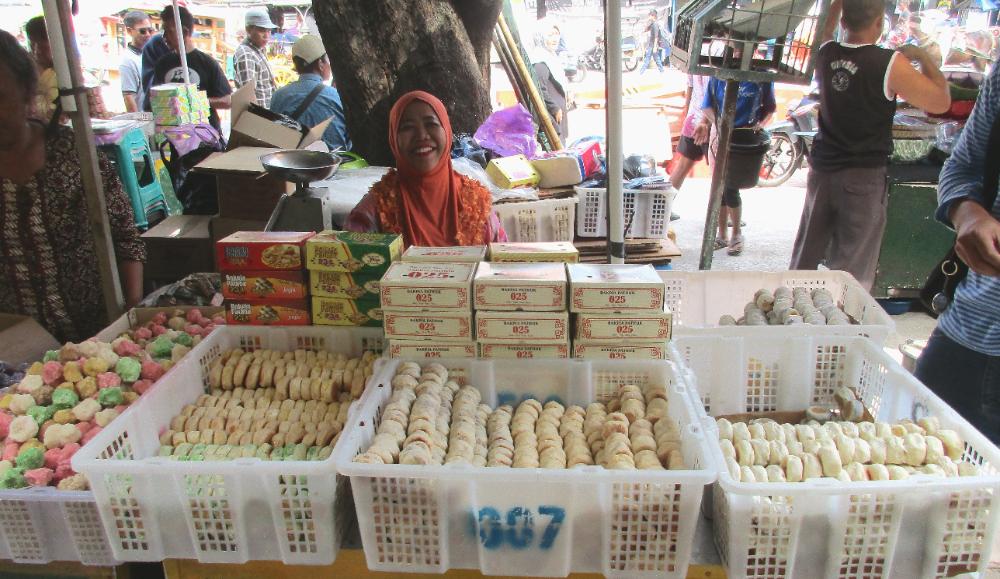
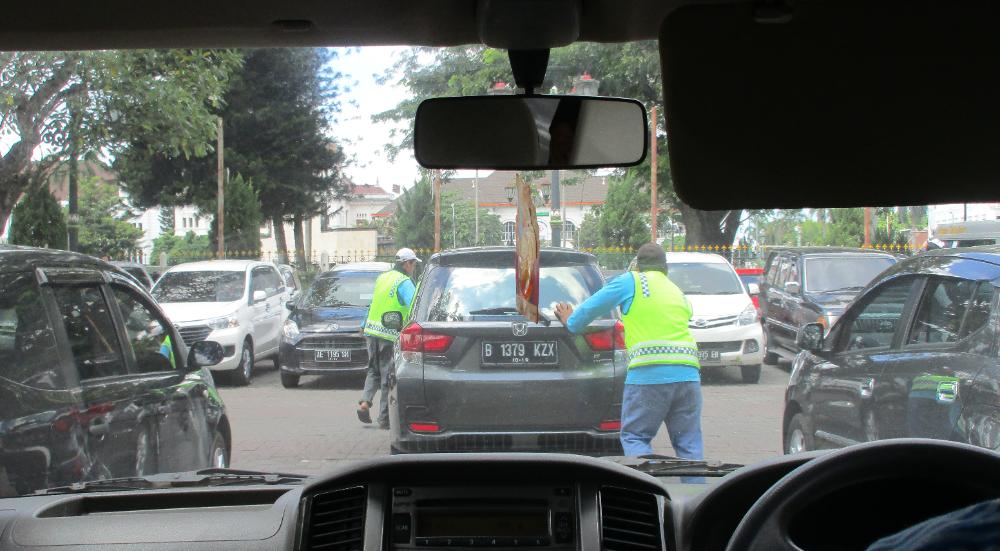
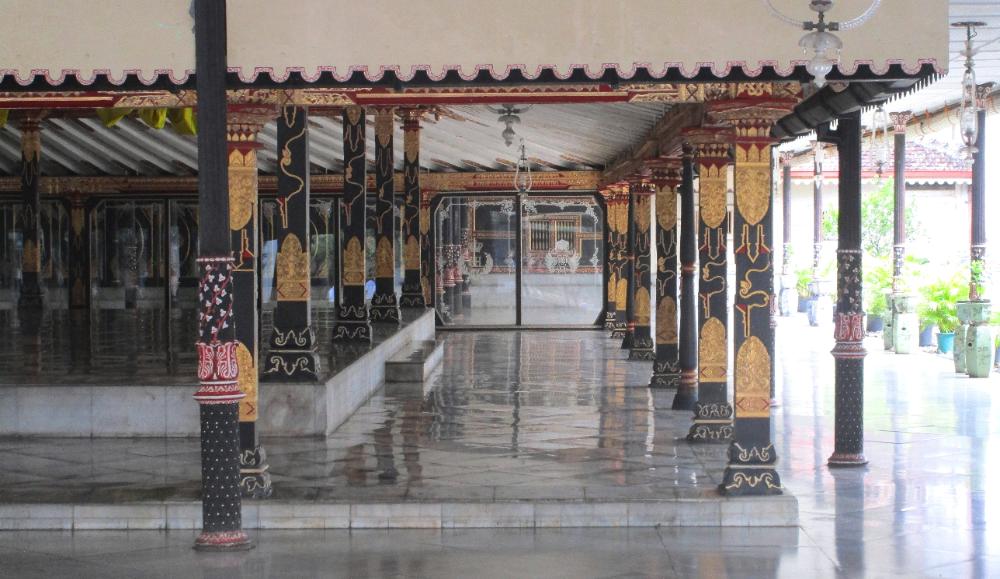
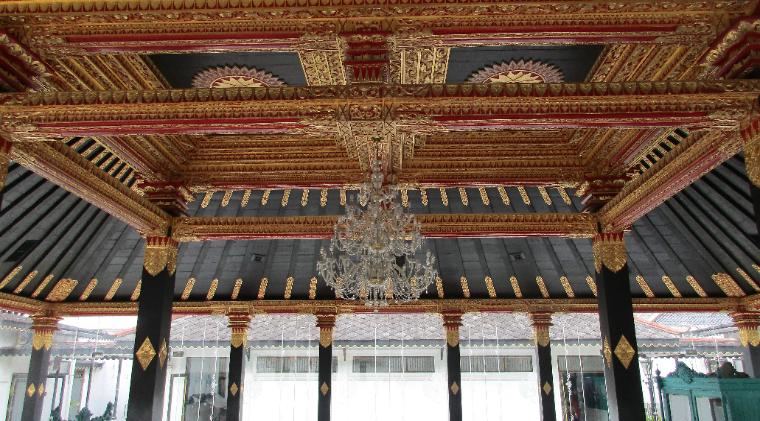
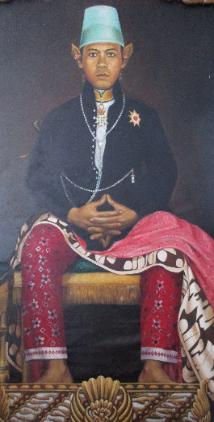
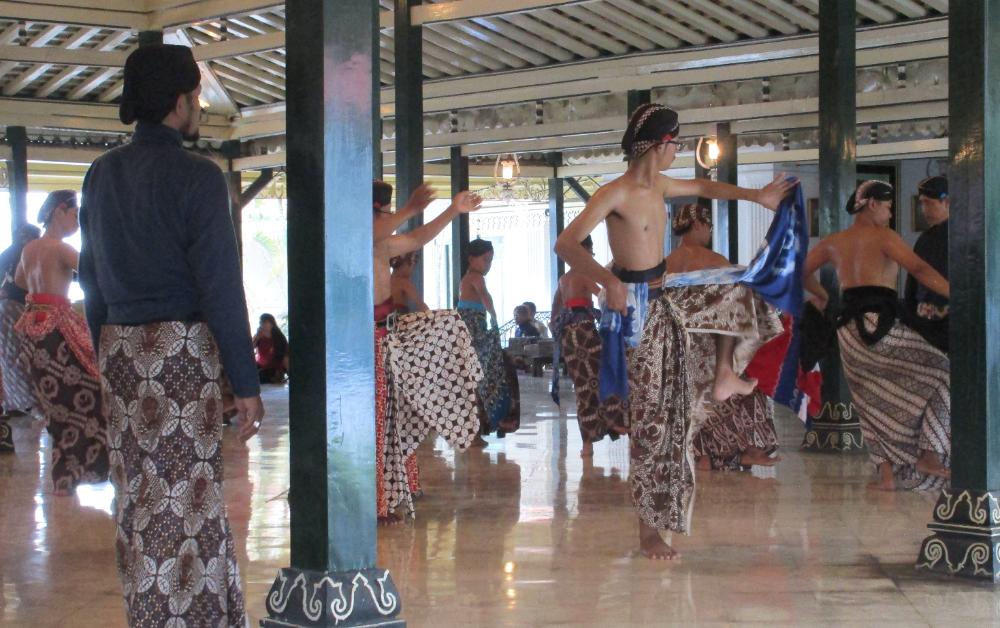
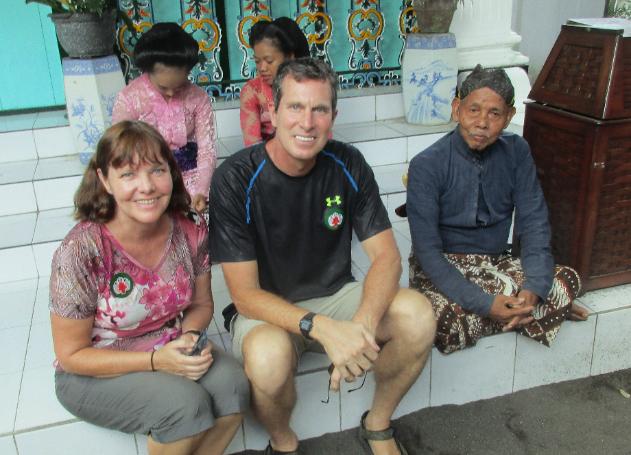
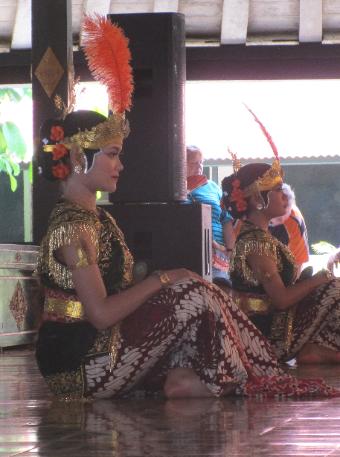
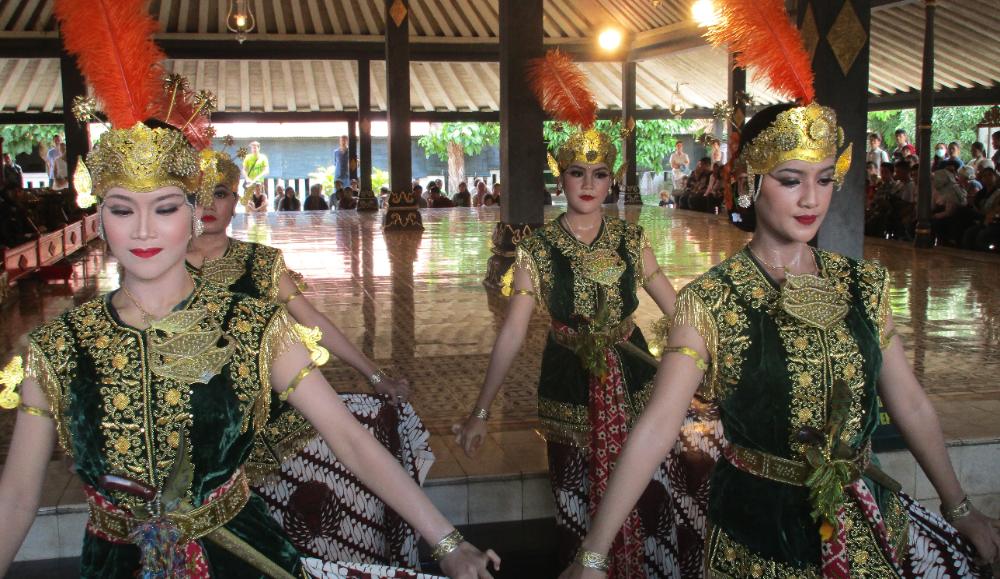
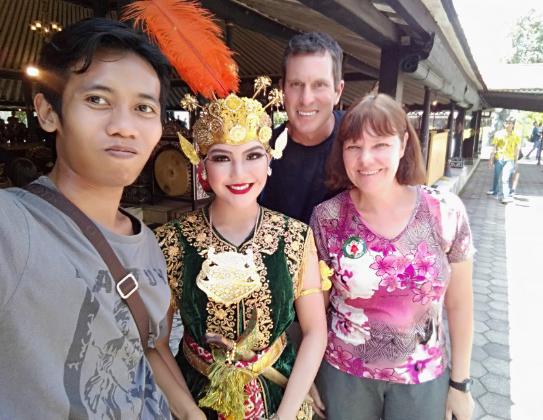
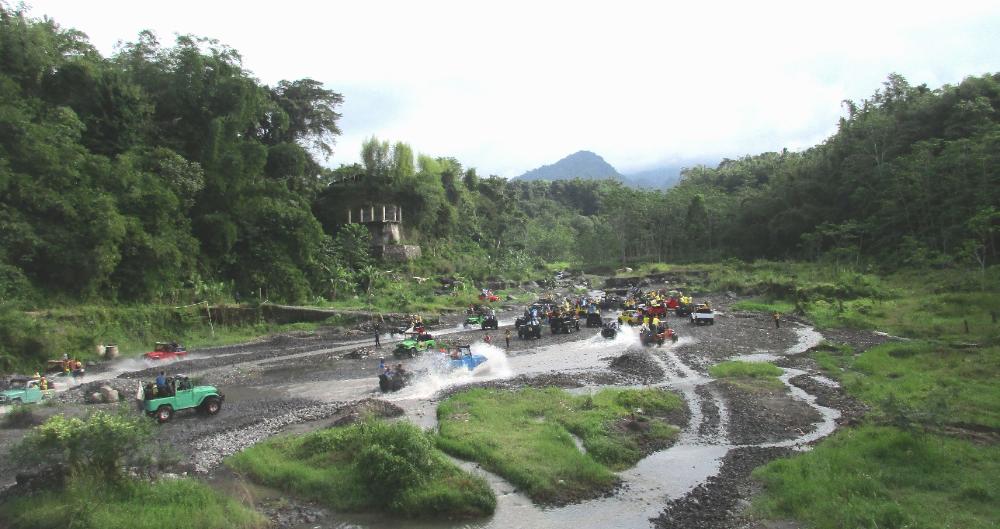
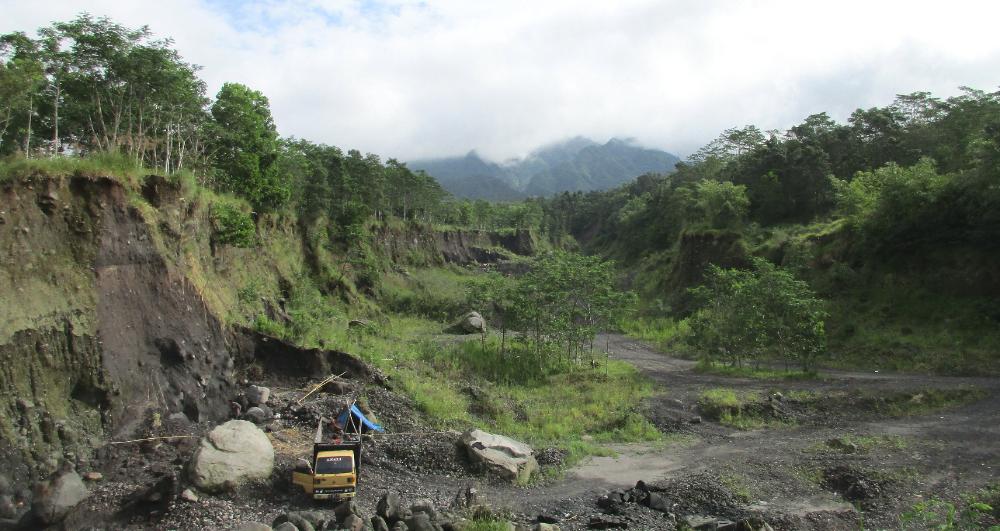
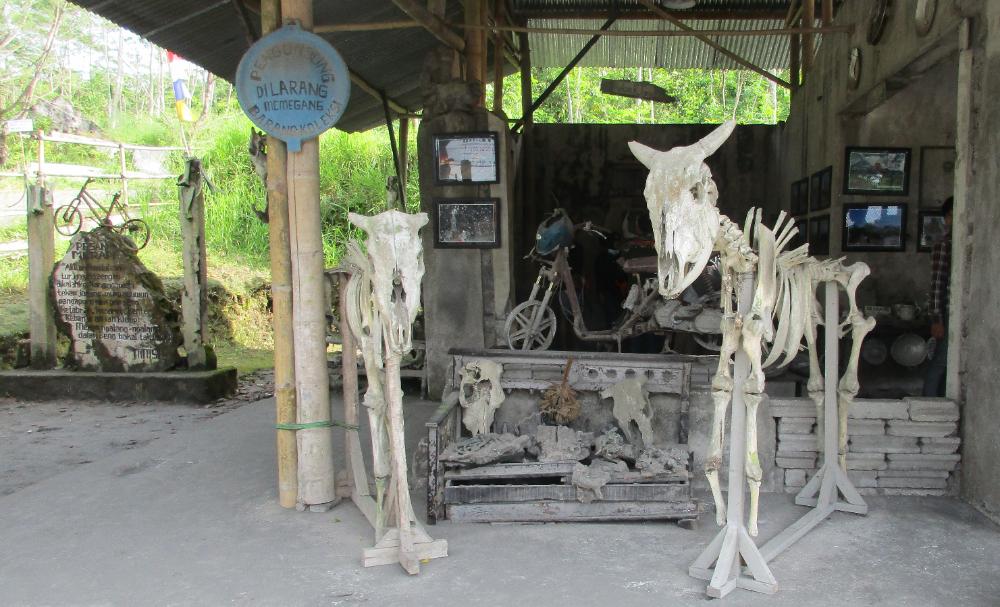
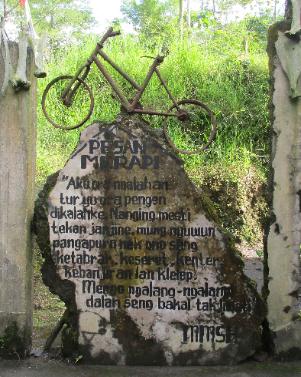
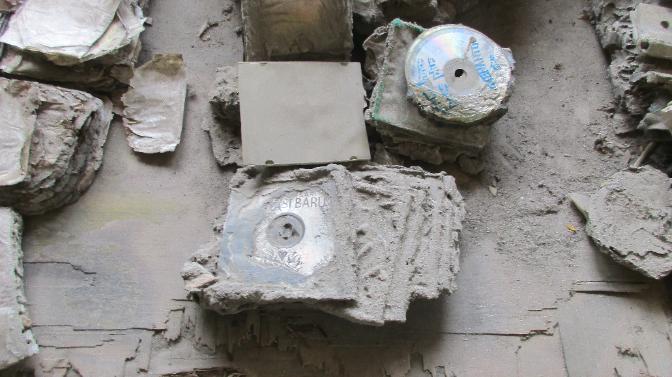
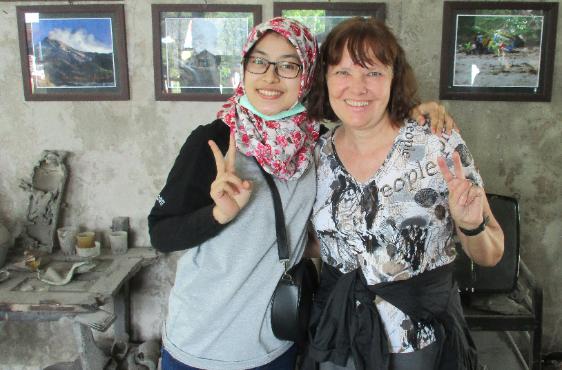
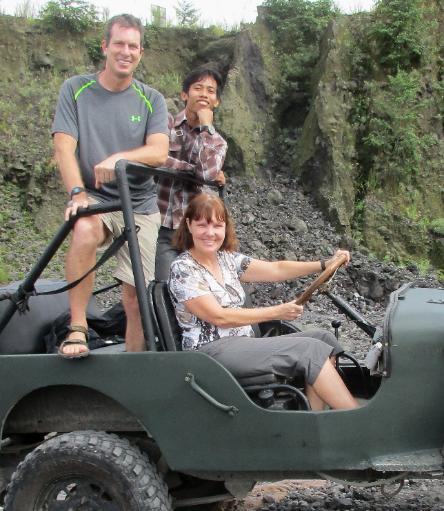
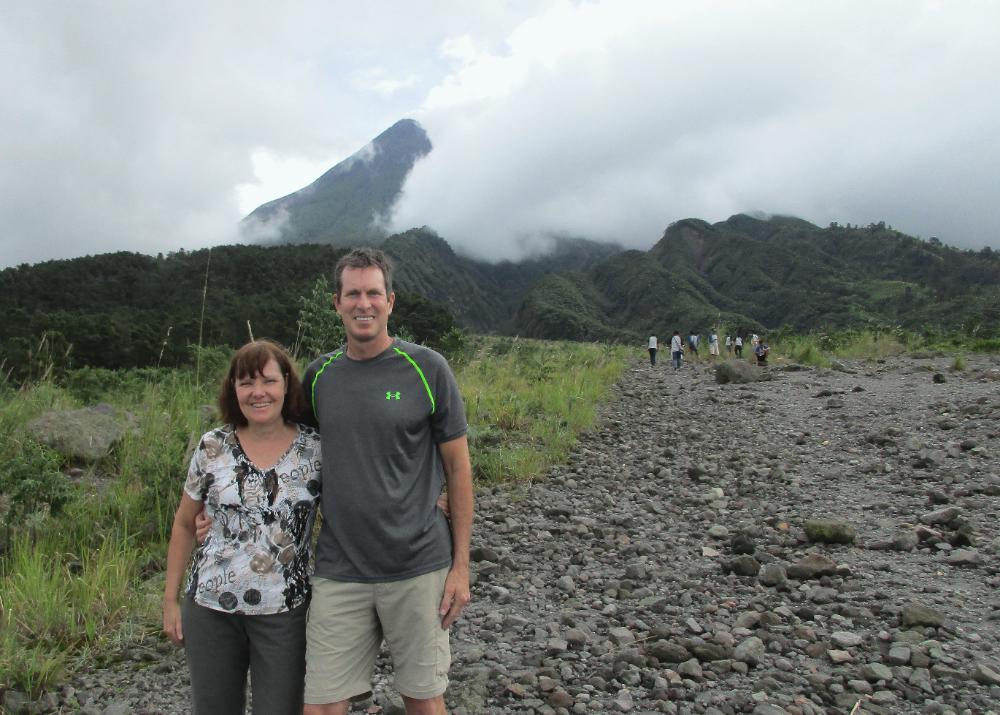
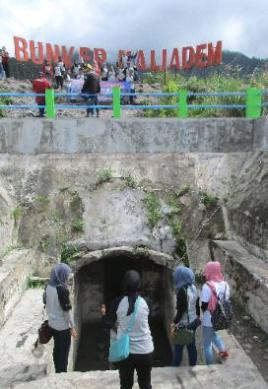
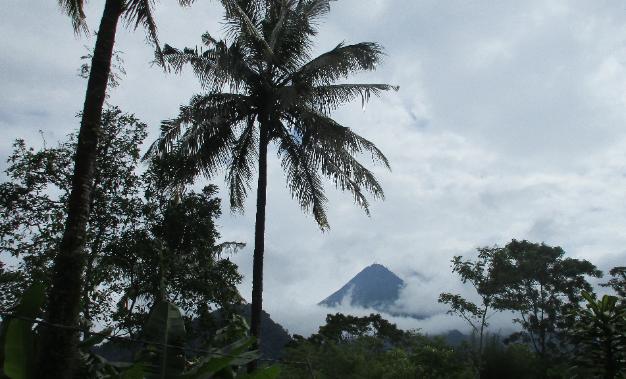
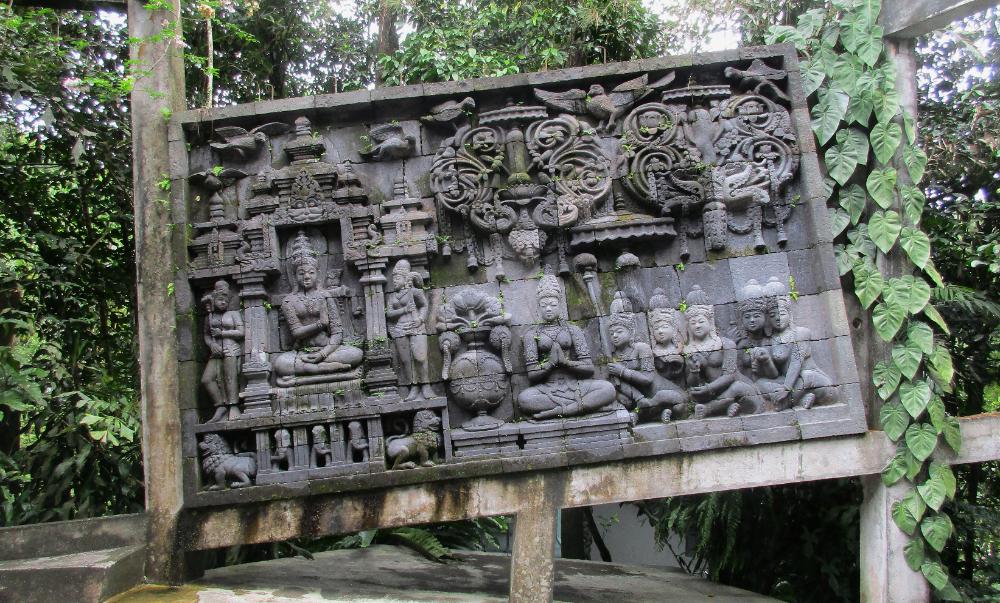
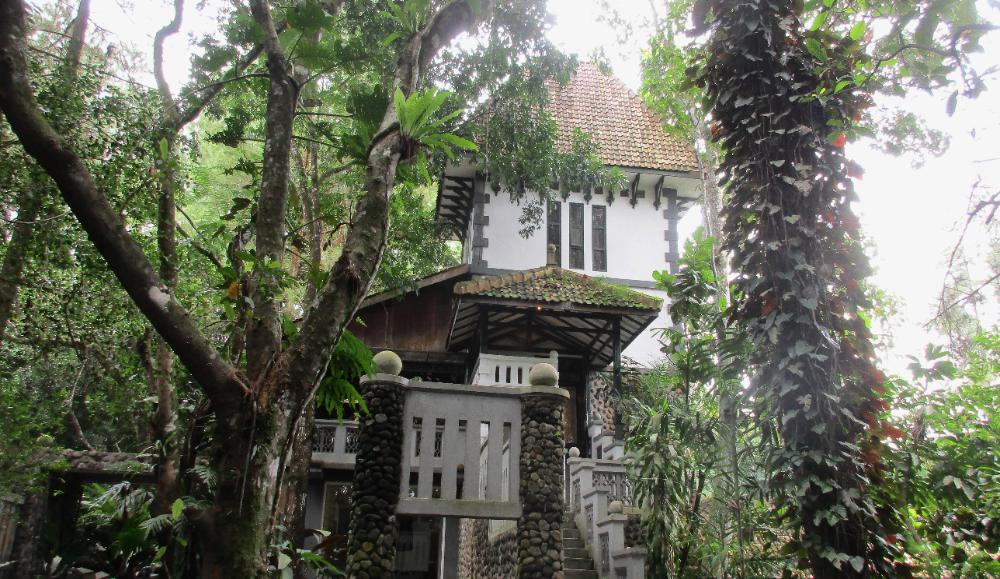
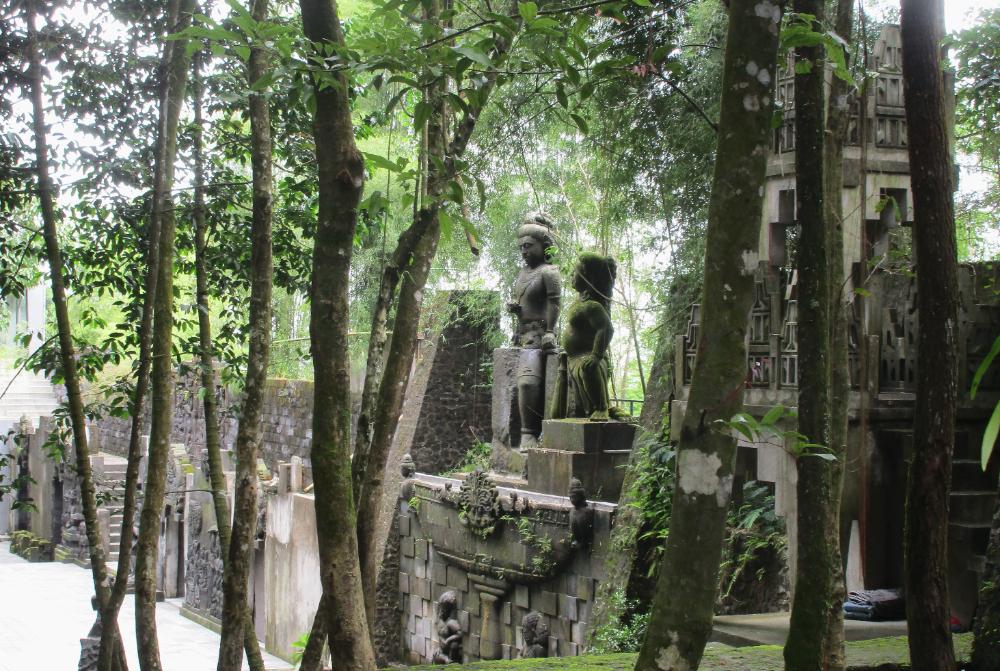
| Mount Merapi looms just north of Yogyakarta. This is Indonesia's most active volcano, A Jeep tour here adds a touch of adventure to your visit. |
| Yogyakarta & Mount Merapi, Indonesia |
| It's important to pick the right base for your explorations of Jogja and surrounds. We chose Alamanda Villas, highly ranked on TripAdvisor. It offers a bit of country charm with its rice terraces on the western outskirts of Jogja. We loved our 5-day stay here. Alamanda has its own fleet of vehicles and guides, and the sights you're going to see are spread out enough that you really need transport to get around. |
| We stayed in Room #2 in the main building ($45 per night). It has palatially high ceilings with exposed beams, French doors opening onto a balcony overlooking rice fields, AC that sometimes struggles to keep up with the heat at midday, and a cozy outdoor private bathroom. In time the outdoor shower became one of our favorite features of our stay. |
| We took a break from the crowds to eat at Jejamuran, a vegetarian-friendly restaurant where almost every dish is made with mushrooms! Their mushroom satay was astonishingly good, and our whole bill only came to $7 US. |
| We started our tour of historic Jogja at Fort Vredeburg (first built 1760, rebuilt 1867 after an earthquake). The grounds inside the old Dutch fort are pleasant. |
| The colonial fort is now a museum. Its dioramas offer a good introduction to the history of Indonesia leading up to independence. We learned a lot about the country's struggle for freedom from the Dutch. |
| If you're like us, you'll arrive knowing next to nothing about Indonesian history. Fort Vredeburg -- and later, Ullen Sentalu Museum -- help to change all that. |
| The Presidential Palace (Gedung Agung) is located in front of Fort Vredeburg and is worth a quick look. It currently houses the Governor of Yogyakarta. |
| Historic Jogja is relatively easy to see on your own, but we chose to hire a guide from Alamanda Villas to show us around. He proved particularly useful as we made our way around the busy Beringharjo market area. |
| We got to try many flavors of Indonesia we otherwise would have missed because he could ask the locals in Indonesian if it was okay for us to try a free sample |
| Pasar Beringharjo is Jogja's main market. It's a great place to get a taste of local life -- but prepare yourself for the onslaught of crowds within! |
| Mount Merapi is a playground for locals when they have a day off and the volcano is behaving itself. Here they're having fun splashing through water in their Jeeps. |
| Mount Merapi experienced large eruptions in 1994, 2006, and 2010, each one resulting in fatalities. This was the path of the lava flow in 2010. |
| A small museum located on the flanks of the volcano offers a glimpse of the price paid by anything -- or anyone -- who gets in the way of the volcano's pyroclastic and lava flows |
| Half-melted CDs, bicycles, kitchen equipment, and other household items are a grim reminder to heed official volcano warnings. Nearby Jogja's population is 2.4 million, and thousands live on the slopes of the volcano itself. |
| For us, one of the most fun aspects of the day was all the greetings we got from locals, who asked to have their pictures taken with us or enthusiastically waved from neighboring jeeps. Overseas tourists must still be rare enough to be of interest -- we'd guess 99% of the folks we met were from Java. |
| We enjoyed the company of our guide, Sin, and despite the photo op with Robin driving, we were glad to have a professional driver on these challenging "roads" |
| Bunker Kaliadem on Mount Merapi is a safety bunker meant to protect locals from dust and debris in the case of a sudden eruption. On quiet days it's a meeting point for tourists in search of a good volcano overlook. |
| This was the best image we got of Mount Merapi up close from Bunker Kaliadem. We had to wait 15 minutes for the clouds to part enough to see the peak. The volcano is smoking but it's hard to tell with all the clouds. |
| Some stretches were worse than this! Our other images came out blurry because we were getting jounced around so much. |
| Afterwards we had a little snack of fried bananas and tempeh with sweet rice. Our two-hour jeep tour ran us a total of Rp 800,000 (~$56). |
| After the jeep tour we visited Ullen Sentalu Museum (Rp 50,000 each, or ~$3.50), a private museum collection near Mount Merapi. Guided tours in English are provided. |
| Paintings and photos make up most of the exhibit, with some art, batik clothing, and musical instruments mixed in. The tour takes about 45 minutes and is highly educational, but no photos are permitted within. |
| You'll learn a lot about the sultans of Jogjakarta at Ullen Sentalu -- and the lush garden setting itself is lovely and worth the visit |
| The market is chock-full of batik cloth at good prices. There are also Indonesian wedding dresses, purses, apparel, and merchandise of every description. We especially liked getting to taste traditional Javanese snacks at the food stalls. |
| In the parking lot the cars were all stacked two deep. So how do you get out? Each front car is parked in neutral with a rock under the tire to keep it in place. The attendants simply remove the rock and push the car out of the way so you can exit. Ingenious! |
| Kraton is the Sultan’s palace at the heart of Jogja. It's Indonesia's cultural center and features sumptuous pavilions and pleasant courtyards. |
| You'll mostly be touring the innermost buildings of the Kraton where the sultan still lives, but the entire walled compound is actually home to some 25,000 people! |
| The Kraton is the center of all things traditional in Indonesia. Here you'll have a chance to listen to gamelan (percussive music) and see people practicing traditional dance. |
| We got to meet some of the residents of the Kraton. They're employed by the sultan and wear traditional Javanese clothing. |
| Your entrance ticket includes performances in the Kraton’s inner pavilion. We got to watch a small part of the Ramayana Ballet. |
| Posing with our guide and one of the dancers after the performance |
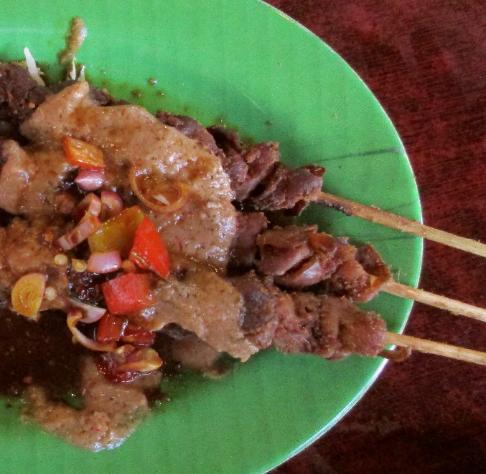
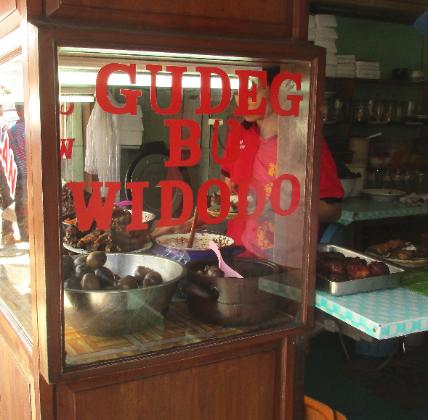
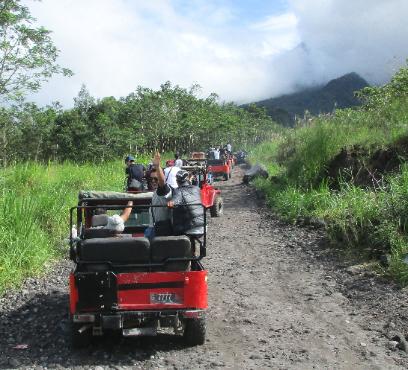
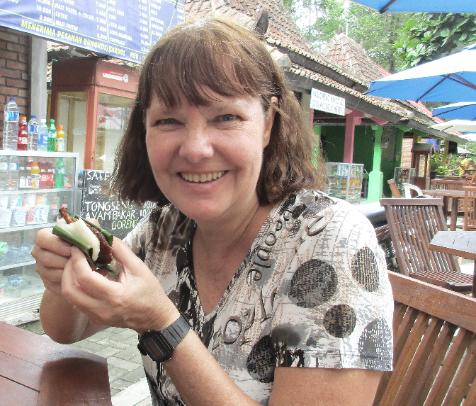
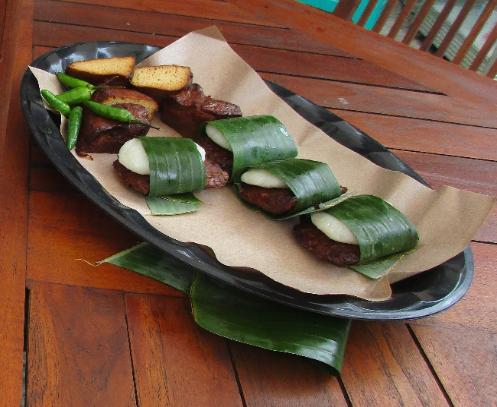
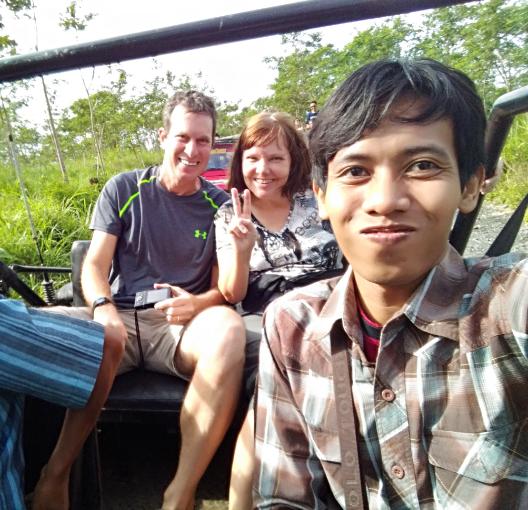
| Where We Stayed |
| Mount Merapi |
| Ullen Sentalu Museum |
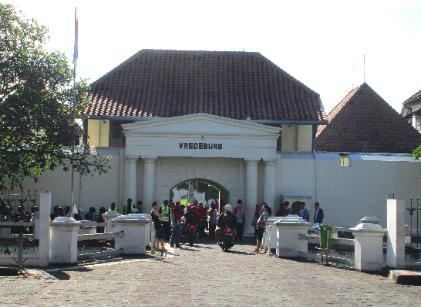
| Fort Vredeburg |
| Presidential Palace |
| Beringharjo Market |
| Lunch Break |
| The Kraton -- Sultan's Palace |
| Large ears (extensions) signify the sultan heeding his people |
| We finished with a traditional Indonesian meal of gudeg, made with young unripe jackfruit and served with white rice and boiled egg |
With so much to see and do in Indonesia -- from
Bali to Komodo to 17,000 other islands (!) in the
Indonesian archipelago -- why did we choose
Yogyakarta as one of only two sites for our first
visit? Well, because "Jogja," as it's commonly
called, is the cultural heart of the nation, the
historic capital, the tourist center for visits to
temples like Borobudur and Prambanan, and
the ideal base for exploring Java. Good food
and lodging options abound in Jogja, making it
a comfortable place to call home during your
first visit to Indonesia's most populous island.
Indonesia is the world's fourth most populous
nation and largest Islamic country. Jogja offers
a good introduction, not too overwhelming but
with plenty of things to see and do. Here we
focus on the best cultural sights in Jogja itself,
including the Sultan's Palace, Fort Vredeburg,
and the central market, and take you on a little
Jeep tour of Mount Merapi, the most active
volcano in Indonesia. Only 28 km (17 mi) north
of Jogja, it has erupted regularly since 1548.
Bali to Komodo to 17,000 other islands (!) in the
Indonesian archipelago -- why did we choose
Yogyakarta as one of only two sites for our first
visit? Well, because "Jogja," as it's commonly
called, is the cultural heart of the nation, the
historic capital, the tourist center for visits to
temples like Borobudur and Prambanan, and
the ideal base for exploring Java. Good food
and lodging options abound in Jogja, making it
a comfortable place to call home during your
first visit to Indonesia's most populous island.
Indonesia is the world's fourth most populous
nation and largest Islamic country. Jogja offers
a good introduction, not too overwhelming but
with plenty of things to see and do. Here we
focus on the best cultural sights in Jogja itself,
including the Sultan's Palace, Fort Vredeburg,
and the central market, and take you on a little
Jeep tour of Mount Merapi, the most active
volcano in Indonesia. Only 28 km (17 mi) north
of Jogja, it has erupted regularly since 1548.
